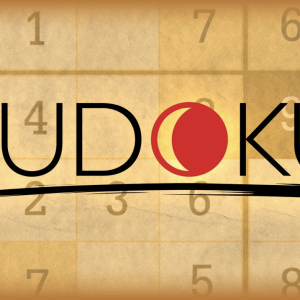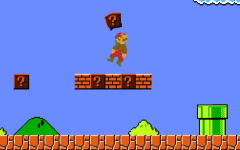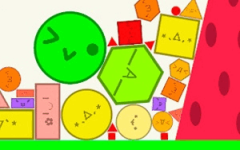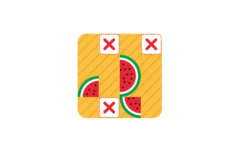Sudoku: What Is It and Game Rules
Sudoku is a classic and highly popular number puzzle game that has captured the hearts and minds of puzzle enthusiasts around the world. Known for its simple yet challenging gameplay, Sudoku is a game of logic and deduction. Here, we delve into the basics of Sudoku and provide you with the game rules to get you started.
Game Rules:
Objective: The primary goal of Sudoku is to fill a 9x9 grid with numbers so that each row, each column, and each of the nine 3x3 subgrids (also known as "regions") contains all the numbers from 1 to 9, with no repetitions. This means that every row, column, and region must have all nine digits, and no number can be repeated within any of them.
Starting Grid: Sudoku puzzles typically begin with some numbers already filled in. These initial numbers, known as "givens" or "clues," provide the starting point for the puzzle. The rest of the grid is left blank.
Number Placement: To solve a Sudoku puzzle, you must logically deduce the correct placement of numbers in the empty cells. The placement of numbers should adhere to the rules: no repetition of numbers within rows, columns, or regions.
Logical Deduction: Solving Sudoku puzzles requires logical deduction, not guesswork. You must use a combination of techniques and strategies to fill in the grid, such as:
- Single Candidates: Identify cells with only one possible number based on the existing filled-in numbers in the same row, column, and region.
- Naked Pairs, Triples, and Quads: Find groups of cells in a row, column, or region that contain only a specific set of numbers and eliminate those numbers from other cells in the same row, column, or region.
- Hidden Singles: Identify cells that can only contain one number because all other numbers are ruled out in the same row, column, and region.
- X-Wing and Swordfish: More advanced techniques involve identifying patterns of candidate numbers that lead to specific placements.
Iteration and Logic: As you fill in numbers and make logical deductions, you will gradually uncover more of the puzzle. This process continues iteratively, with each step leading to new deductions until the entire grid is filled with the correct numbers.
Solving Difficulty: Sudoku puzzles come in various levels of difficulty, ranging from easy to expert. The harder puzzles require more complex strategies and advanced logical deductions to solve.
Completion: A Sudoku puzzle is considered solved when all cells are filled correctly, following the rules of the game. The numbers in each row, column, and region must meet the requirements of having all digits from 1 to 9 without any repetitions.
Sudoku is not only an enjoyable and intellectually stimulating game but also a great exercise for sharpening your logical thinking and problem-solving skills. It's a puzzle that can be enjoyed by people of all ages and skill levels, making it a beloved pastime for those seeking a mental challenge. So, grab a pencil and paper or your favorite Sudoku app and start honing your Sudoku skills today!
Instructions
using mouse
Show more »
All free games for you





















































Discuss: Sudoku